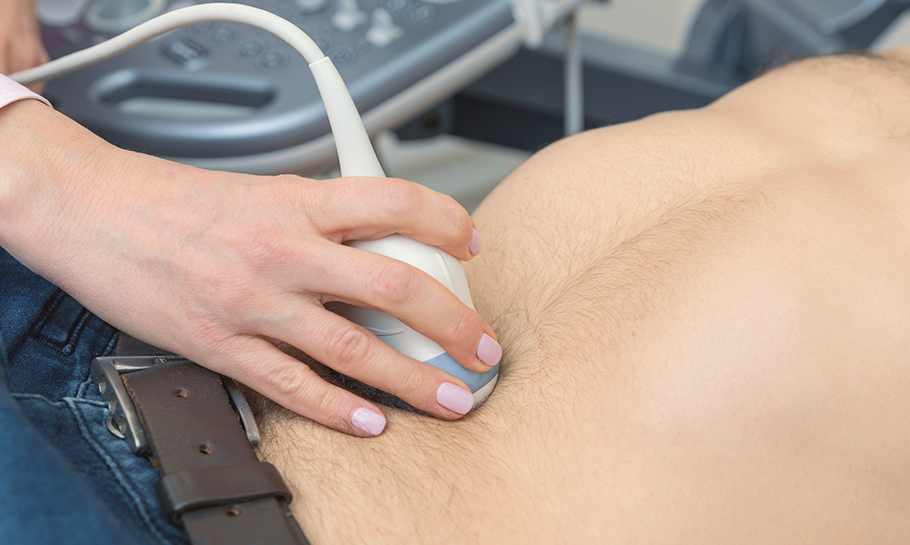Abdominal Aortic Aneurysms
Call for More Information 618-969-8415

Most aneurysms — abnormal bulges or “ballooning” in the wall of an artery — occur in the aorta. The aorta is the main artery that carries blood from the heart to the rest of the body.
Aneurysms appear when the lining of the aorta becomes damaged or weakened. The weakened area stretches and expands. Like a balloon, the further it expands — the more pressure on the walls of the aorta. Eventually, it can put so much strain on the artery wall that it finally ruptures.
Understanding aortic aneurysms
There are two types of aortic aneurysms:
- Thoracic aortic aneurysms occur in the part of the aorta running through the chest.
- Abdominal aortic aneurysms (AAA) occur in the part of the aorta running through the abdomen.
Since neither of these aneurysms show many symptoms, they can be difficult to detect. They are usually found during other routine exams or tests. It’s best to know your risk factors and make your physician aware if:
- You are over the age of 60
- Have pain or other symptoms when you walk or exercise that go away when you stop
- You smoke or have ever smoked
- Anyone if your family has been diagnosed with AAA
- You are currently under the care of a physician who is treating you for vascular disease in your legs or for AAA
- Have high blood pressure
Diagnosing an aneurysm
If an aneurysm is found, further testing helps to measure its size and how fast it is growing. If the aneurysm is small, your cardiologist may recommend careful monitoring, along with reducing your rupture risk such as: keeping your blood pressure low, maintaining a healthy diet and a smoking cessation class.
However, if the aneurysm is bigger, your cardiologist might want to repair or remove it with surgery:
- Endovascular repair: Endovascular grafting repairs the AAA by inserting a graft through a small incision in the groin. The endovascular method allows the graft to be delivered through a catheter (a small tube) inserted in a groin artery. X-ray guidance is then used to accurately position the graft in the AAA.
- Open surgery: Your surgeon makes an abdominal incision, then replaces the diseased part of the aorta with a graft that is carefully matched to the normal aorta. This graft is sewn in place by the surgeon.